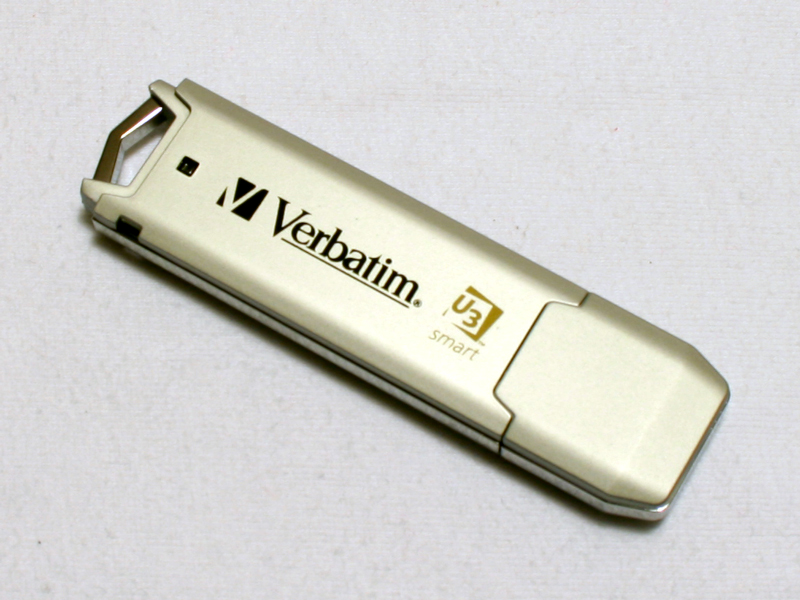
Microsoft have disabled CD autorun, so you will have the same outcome as with an ordinary USB drive when running Windows 7 or higher. Also, you should be aware that this doesn't really work the way it did when I first wrote this instructable. This is a very simple VB.NET program, it works by getting all the drives and searching for the 'fake-u3.ini' when it is found, it opens it and opens the EXE specified in the INI. Open up the file you just made with notepad and write into there: (Program you want to run even a directory to a program) so for me, its: StartPortableApps.exe Because I'm using the PortableApps suite.

Go onto the USB (Not the CD Drive) and add a file called 'fake-u3.ini' (without the quotes). If you didn't, then you will have to do some searching for the program appropriate for your USB. You should have seen both a CD drive AND a USB drive show up in 'My Computer' when you plug the USB back in. Okay, now that we have got our USB set up, ensure that you cycle the USB - That means to take out, and plug the USB back in. I managed to get the drive functioning like a normal U3 drive and I've encapsulated the how to into this instructable. When I got home, I did some playing with my 8GB Lexar thumbdrive.

A U3 drive, with half the storage of the equivalent Lexar drive was twice the price! That should be all done:) Hey guys, One of my recent projects was to venture to the shops and return with the holy grail of USB devices: A U3 Drive The price for these devices is pretty outrageous.


Note: It's been about 4 years since I put this Instructable up, I recently got a few requests to fix the broken links. U3 basically enables the user to run programs that have U3 capability (e.g.


 0 kommentar(er)
0 kommentar(er)
